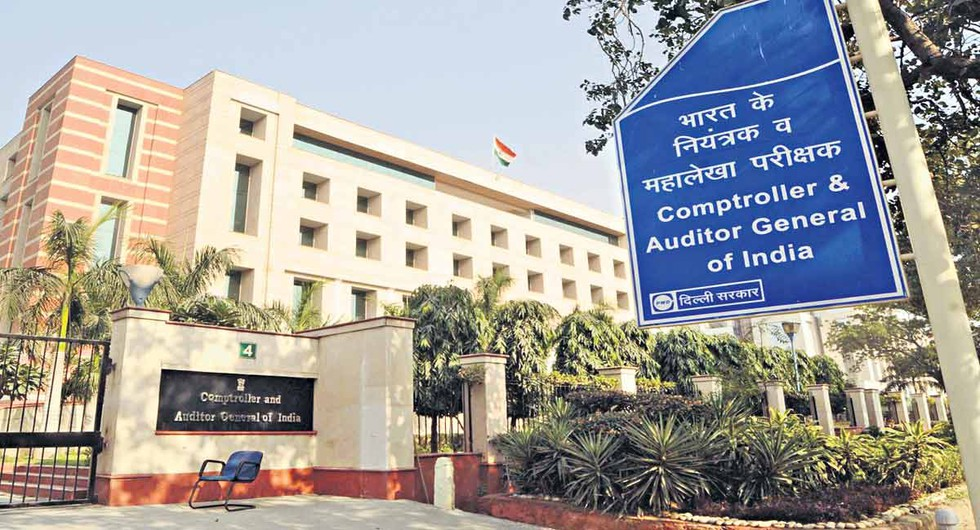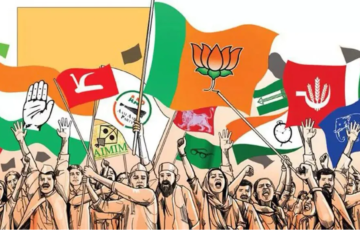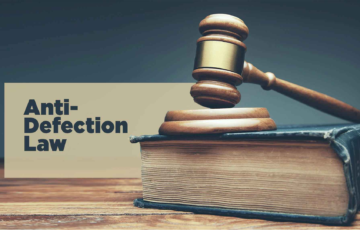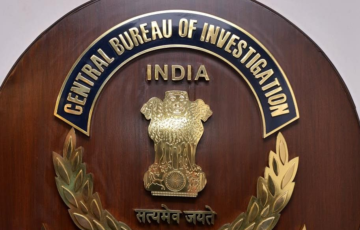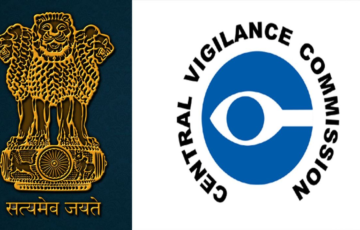COMPTROLLER AND AUDITOR GENERAL OF INDIA
Introduction
The Comptroller and Auditor General of India (CAG) is an esteemed constitutional authority and a vital component of the Indian government’s financial system. This chapter explores the origins, functions, and significance of the CAG in upholding financial accountability in the world’s largest democracy.
Origins and Historical Background
- The idea of an independent institution responsible for auditing government finances traces back to the British colonial period.
- It was during Lord Canning’s viceroyalty in 1860 that the first Auditor General of India was appointed.
- This position was later transformed into the Comptroller and Auditor General of India with the passing of the Government of India Act, 1935.
- Today, the CAG’s office is governed by the Constitution of India, specifically under Article 148 to 151.
|
Appointment, Tenure and Removal
- The CAG is appointed by the President of India, following a recommendation by the Prime Minister (CoM).
- The CAG’s tenure is limited to a term of six years or until they reach the age of 65, whichever comes first.
- The CAG is not eligible for any further office under the Government of India or any State after he retires.
- This ensures their independence from political influences, allowing them to perform their duties impartially.
- He can be removed only in the same manner as a Supreme Court judge.
Roles and Functions
The CAG is responsible for ensuring that the public money is spent in accordance with the laws and rules of the Parliament and the state legislatures. Some of the roles and functions of the CAG are:
- He audits all transactions of the central and state governments related to debts, deposits, funds, etc.
- He audits the accounts of any other authority when requested by the President or Governor. For example, local bodies.
- He advises the President with regard to the prescription of the form as to how the records of Centre and State shall be kept.
- He submits his audit reports to the President and the Governors, who then place them before the Parliament and the state legislatures respectively.
- He ascertains and certifies the net proceeds of any tax or duty, and his certificate is final on the matter.
- He submits three audit reports to the President:
- Audit report on appropriation accounts
- Audit report on financial accounts
- Audit report on public undertakings
- He is an agent of the Parliament and conducts audits of expenditure on behalf of the Parliament. Therefore, he is responsible only to the Parliament.
- He has to ascertain whether the money spent was authorized for the purpose for which they were spent.
- He focuses on whether the expenditure made is in the public interest or not.
- He is the head of the Indian Audit and Accounts Department.
- He is the guardian of the public purse and controls the entire financial system of the country at both the levels–the Centre and the state.
- His duty is to uphold the Constitution of India and the laws of Parliament in the field of financial administration.
Challenges and Controversies Associated with CAG
The CAG plays a vital role in ensuring accountability, transparency, and efficiency in the use of public funds. However, the CAG also faces some challenges and controversies associated with its role and functions. Some of them are:
- The appointment process of the CAG is not transparent and there is no criteria or consultation involved. This may create a conflict of interest or compromise the independence of the CAG, especially if former secretaries or administrators are appointed as CAG.
- The CAG has to audit all transactions of the central and state governments, as well as other authorities, which is a huge task for one individual. This may lead to a lack of decentralization, efficiency, and timeliness in the audit process.
- The CAG’s report is post-facto, which means that it audits expenditure only after it has been incurred. This may limit the preventive and corrective role of the CAG in ensuring financial discipline and compliance.
- The CAG may face criticism or resistance from the executive or the legislature for exceeding its mandate or interfering in policy matters.
- For example, the CAG’s reports on 2G spectrum allocation and coal block allocation were challenged by some sections as being beyond its jurisdiction and mandate.
- The CAG may lack economic expertise or technical knowledge while auditing natural resources or complex This may affect the quality and accuracy of its audit reports.
- The CAG may face delays or denial in the supply of documents or replies from the audited entities. This may hamper the effectiveness and credibility of its audit reports.
- The CAG may not receive adequate follow-up action or response from the government or the parliament on its audit findings and recommenda This may reduce the impact and relevance of its audit reports.
Potential Reform Measures to address the Challenges
- Decentralization of duties and responsibilities of the CAG at the central and state level, with separate auditors’ general for each level.
- Transparent and participatory appointment process for the CAG, with criteria, consultation, and parliamentary approval involved.
- Pre-audit or concurrent audit mechanism for the CAG, to enable timely detection and prevention of irregularities and wastage
- Clear demarcation of the scope and limits of the CAG’s role and functions, to avoid encroachment on policy matters or executive discretion.
- Enhancement of economic and technical expertise within the CAG and its staff, to enable better analysis and evaluation of complex issues.
- Enforcement of deadlines and penalties for non-compliance or non-cooperation from the audited entities, to ensure smooth and effective audit process.
|
Reforms Suggested by Vinod Rai: Vinod Rai, the former CAG suggested the following reforms: To bring all private-public partnerships (PPPs), Panchayati Raj Institutions and government-funded societies, within the ambit of the CAG. He argued that these entities receive public funds and should be accountable to the public. To amend the CAG Act of 1971 to keep pace with the changes in governance. He said that the act was outdated and did not reflect the current realities of public finance management. To introduce a collegium type mechanism to choose a new CAG on the lines of selecting a Chief Vigilance Commissioner (CVC). |
- Strengthening of parliamentary oversight and follow-up action on the CAG’s audit reports, to ensure accountability and responsiveness from the government.
-
- The Public Accounts Committees of Parliament and state legislatures have recommended that the CAG should be a part of the legislature.
As a vital part of India’s democratic system, the CAG ensures that public money is spent wisely and accountably. The CAG is an independent constitutional body that protects the rights of the people and fosters good governance. The CAG’s dedication to these principles makes it a key institution in the country’s financial administration.
UPSC PREVIOUS YEAR QUESTIONS
1. In India, other than ensuring that public funds are used efficiently and for the intended purposes, what is the importance of the office of the Comptroller and Auditor General (CAG)? (2012)
1. CAG exercises exchequer control on behalf of the Parliament when the President of India declares a national emergency/financial emergency.
2. CAG reports on the execution of projects or programmes by the ministries are discussed by the Public Accounts Committee.
3. Information from CAG reports can be used by investigating agencies to press charges against those who have violated the law while managing public finances.
4. While dealing with the audit and accounting of government companies, CAG has certain judicial powers for prosecuting those who violate the law.
Which of the statements given above is/are correct?
1. 1, 2 and 4 only
2. 2 only
3. 2 and 3 only
4. 1, 2, 3 and 4

